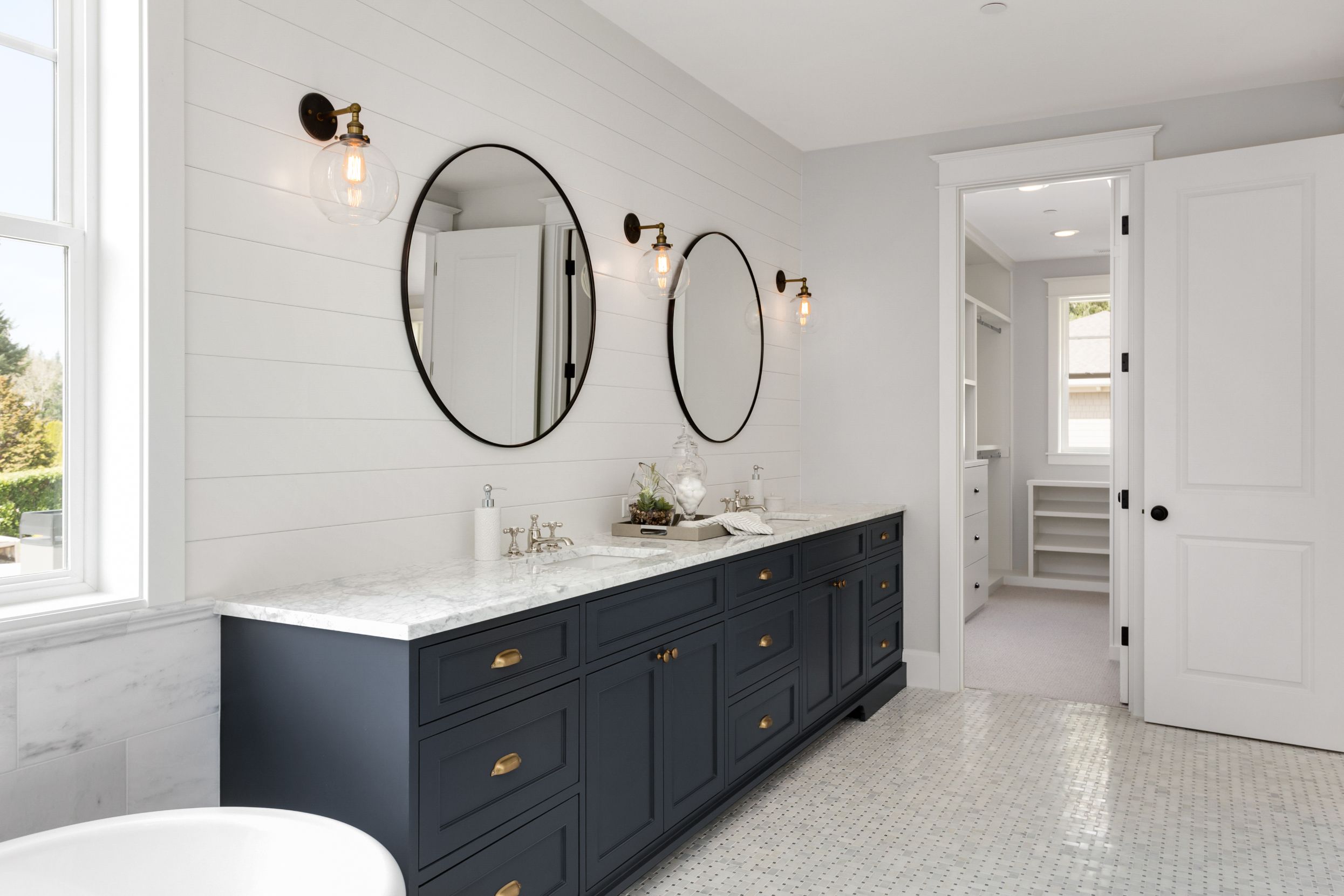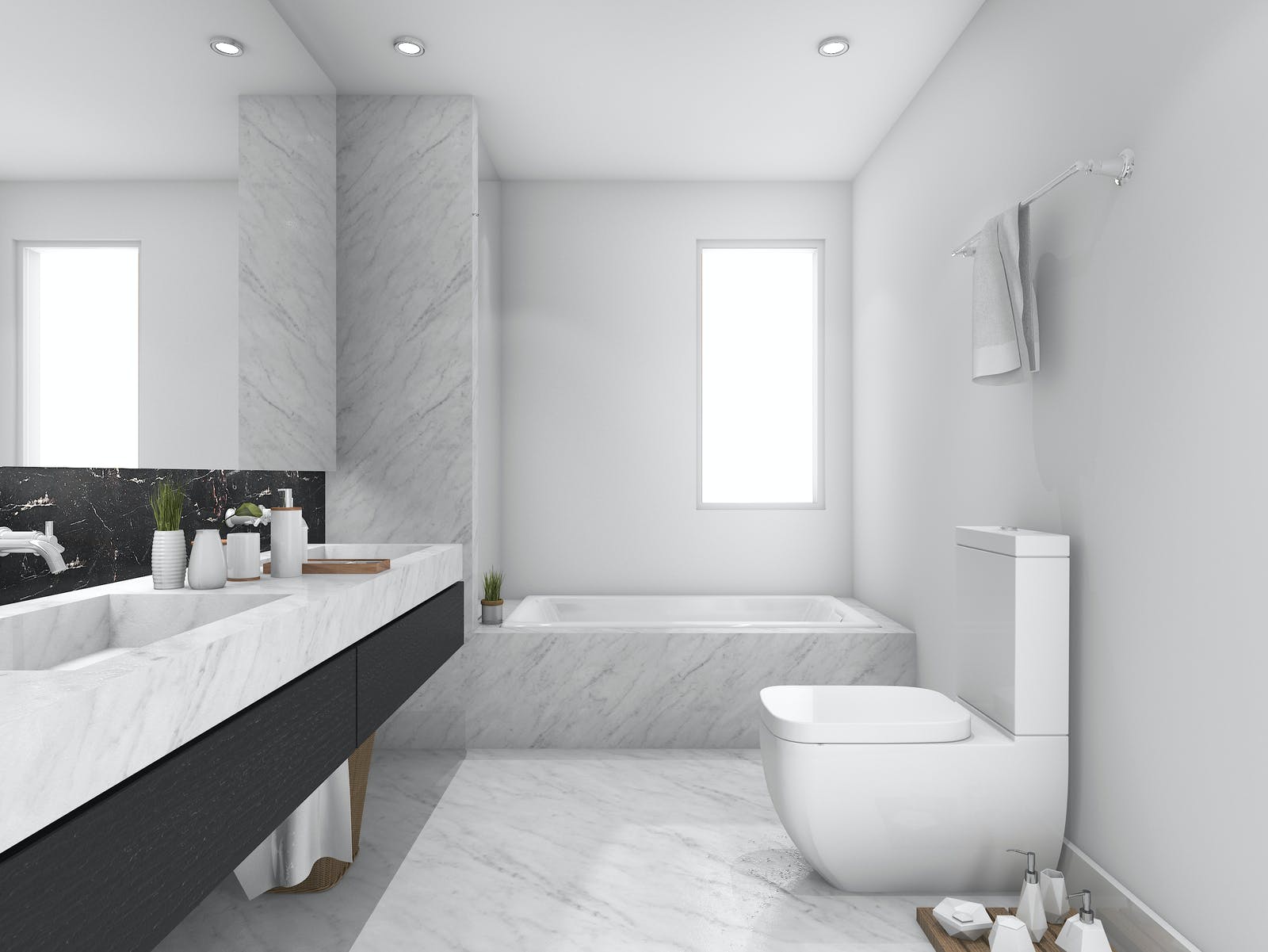Choosing the Right Paint Type: What Kind Of Paint For Bathroom Ceiling
The bathroom ceiling is a unique area that requires special consideration when choosing paint. It’s exposed to moisture, humidity, and potential mildew growth, making the right paint selection crucial for both aesthetics and longevity. Understanding the different types of paint available will help you make an informed decision for your bathroom ceiling.
Comparing Paint Types
Choosing the right paint for your bathroom ceiling depends on your needs and preferences. Here’s a breakdown of the pros and cons of popular paint types:
| Paint Type | Durability | Moisture Resistance | Ease of Cleaning | Drying Time | Other Considerations |
|---|---|---|---|---|---|
| Latex | Good | Good | Easy | Fast | Water-based, low odor, environmentally friendly |
| Acrylic | Excellent | Excellent | Easy | Moderate | Durable, mildew-resistant, washable |
| Oil-Based | Very Good | Excellent | Difficult | Slow | Strong odor, requires mineral spirits for cleanup |
Benefits of Mildew-Resistant Paint
Bathrooms are susceptible to mildew growth due to high humidity and moisture. Mildew-resistant paint is formulated with specific ingredients that inhibit the growth of mildew and mold, protecting your bathroom ceiling and maintaining its appearance. This type of paint is particularly beneficial in bathrooms with poor ventilation or those that experience frequent condensation.
Preparation and Application

Once you’ve chosen the right paint for your bathroom ceiling, it’s time to get down to the nitty-gritty of preparation and application. A well-prepared surface will make all the difference in achieving a smooth, professional-looking finish.
Before you start painting, you need to prepare the bathroom ceiling. This includes cleaning, patching, and sanding the surface to ensure a smooth, even base for the paint.
Cleaning the Ceiling
Start by removing any dust, cobwebs, or other debris from the ceiling using a vacuum cleaner with a brush attachment or a damp cloth.
Patching and Sanding
Next, inspect the ceiling for any cracks, holes, or imperfections. If you find any, patch them with spackling compound or joint compound. Once the patching compound has dried, sand it smooth with fine-grit sandpaper.
Choosing the Right Tools, What kind of paint for bathroom ceiling
Selecting the right tools is crucial for a smooth finish. A high-quality paint brush is essential for cutting in around the edges of the ceiling. A roller with a nap length appropriate for your paint is ideal for covering large areas quickly and efficiently. A roller extension pole will help you reach the ceiling without straining.
Painting Techniques
Start by cutting in around the edges of the ceiling with a brush. Then, use the roller to apply paint to the rest of the ceiling. Use even strokes, overlapping each stroke by about 50%.
To avoid drips, load the roller with a moderate amount of paint and avoid applying too much pressure.
For best results, apply two coats of paint, allowing the first coat to dry completely before applying the second.

